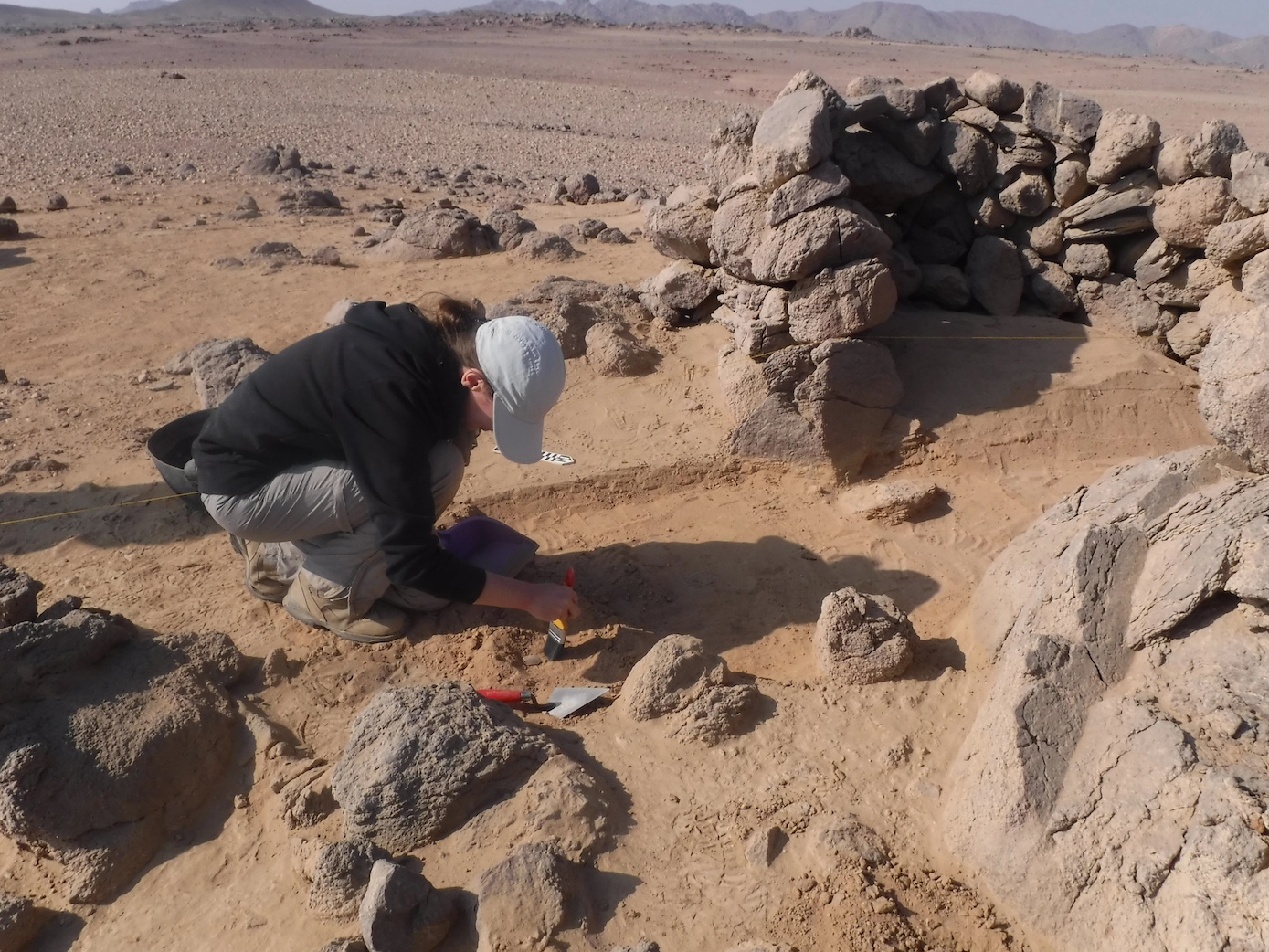CSUSB History Professor's Recent Study Contributes to Our Understanding of Ancient Egypt and Nubia

A recent article by a member of the CSUSB History Department faculty has made a significant contribution to our understanding of the interactions between ancient Nubians and Egyptians.
History Department Professor, and Benson and Pamela Harer Fellow in Egyptology, Dr. Kate Liszka, has published “A Desert Middle Nubian Amethyst Mining Camp at Wadi el-Hudi,” in the journal Sudan & Nubia (27: 24-47), along with Dr. Meredith Brand, archaeologist and instructor at the American University in Cairo.
Liszka notes that the work's significance is in how it "demonstrates that small groups of multicultural, desert Nubians were doing low-level amethyst mining in the Eastern Desert under the noses of, and separate from the giant Egyptian government-supported expeditions." This work builds on Dr. Liszka's extensive work and leadership on the Wadi el-Hudi Expedition in the Eastern Desert, and her interest in the ethnic dynamics between ancient Egyptians and Nubians. The article is focused on Site 21, and more information about the expedition and the findings is here.
Learn more about Dr. Liszka here, and check out our remarkable collection of ancient Egyptian artifacts at the Robert and Frances Fullerton Museum of Art, here on CSUSB campus!